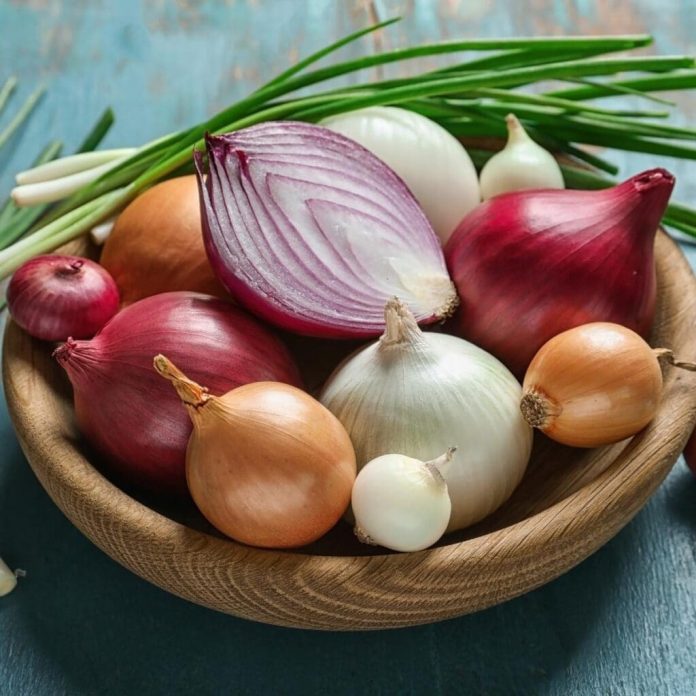The average chef or housewife knows that different types of onions showcase various flavours and textures. The allium family, which onions are a part of, is a genus of pungent plants ranging from garlic to green onions to white onions and beyond.
No matter which onion family plant you pick, aim to stock up on blemish-free firm ones with little to no distinguishable scent when whole. Store onion family vegetables of all kinds in a cool, dark, well-ventilated place. Only refrigerate once peeled.
Sliced or chopped, grated or minced, the different types of onions can add a unique flavour dimension to your dish. Opting for the onion variety best suited for the job will ensure the best (and most tasty) finished product.
Read on to learn about eight of the most common types of onions and uses for each.
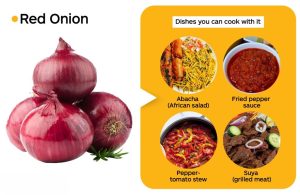 Red onions
Red onions
Great for: Salads, grilling, charring, roasting, pickling, abacha, suya, fried pepper sauce, tec
These are the second-most popular. Vibrant in colour and among the sharpest and spiciest of all the types of onions, red onions are often featured in recipes in their raw form.
If you prefer tamer flavours, soak them in ice water for 10 to 20 minutes to ease the bite.
They turn slightly jammy once cooked and are a top choice when you’re seeking an onion variety to pickle. Give them a go in your spiced chicken, beans, etc.
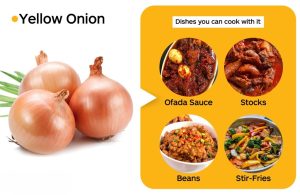 Yellow onions
Yellow onions
Great for: Pretty much any onion recipe, in particular ones that involve caramelizing. It os great for ofada sauce, beans, stir-fried and boiling meat, etc.
If a recipe just calls for “onion,” chances are, the chef or recipe developer means this type of onion, also called brown onions or yellow globe onions.
Although harsh when raw, yellow onions mellow out beautifully once caramelized, roasted, or sautéed. Thanks to their high starch content, they won’t cook down into mush.
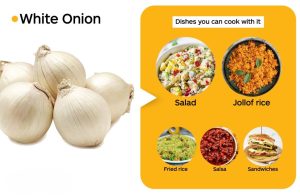 White onions
White onions
Great for: Grilling, salad, jollof rice, fried rice, sandwiches, etc.
Slightly milder than red or yellow onions, white onions are juicy and crunchy when served raw. Popular in toppings like barbecue, stews, and beyond, the ever-so-sweet aftertaste of this type of onion lingers beautifully.
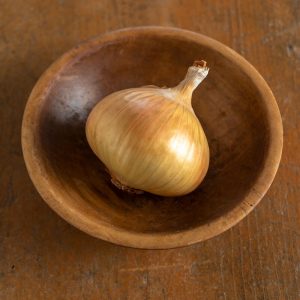
Sweet onions
Great for: Garnishes, salads, relishes, frying
This is the type of onion to try. Featuring a pale yellow skin and white interior, sweet onions live up to their name. Because of more water and less sulfur than the other onion family plants, sweet onions are ideal for eating raw, using as a topping, or slicing into rings and frying.
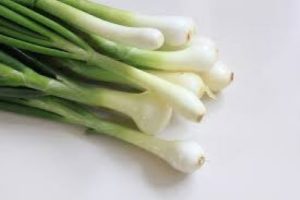
Green onions [scallions]
Great for: Garnishes, salads, braising, roasting, grilling, fried rice, shawarma, etc.
Softer, milder, and far taller than their bulbous onion family plant peers, green onions are herbaceous and delicious in both raw and cooked recipes. Also known as scallions, bunching onions, Chinese onions, and Welsh onions, they’re white near the root and green at the opposite (leaf) end. Each part past the root is edible, so don’t toss the white part!
Although some cooks call these spring onions, those are actually their own, far less common onion variety. Spring onions are immature versions of yellow and red onions that are available only for a brief time during the spring.
Treat green onions like fresh herbs and wash and store in a damp paper towel-lined bag in the refrigerator.

Shallots
Great for: Sauces, dressings, pickling, roasting, sautéing, frying
These copper-skinned bulbs resemble petite red onions and are less aggressive to taste. Mildly oniony with a hint of garlic flavour, shallots are outstanding grated or diced and added to sauces or dressings. They’re often fried and sprinkled atop gourmet restaurant dishes.
Shallots can also stand in for almost any other onion variety and vice versa.
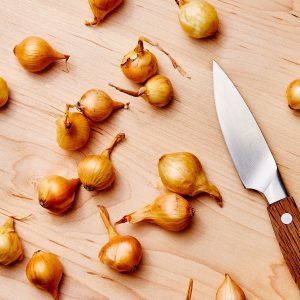
Pearl onions
Great for: Stews, braising, roasting, glazing, cocktails
Also known as white cocktail onions, these small onions are larger than a pearl but still quite compact since they’re grown close together and harvested early.
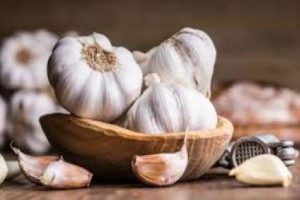
Garlic
Great for: Roasting, sautéing, sauces, dressings, pickling, boiling meats, etc.
Whether you buy it by the bulb, in peeled gloves, pre-sliced, minced, or dried, garlic is technically part of the onion family. Many savory recipes start with minced, diced, smashed, or roasted cloves.
Cooked garlic is fragrant and slightly sweet, and roasting it makes garlic even sweeter and ultra-creamy in texture.
Adapted from online sources

